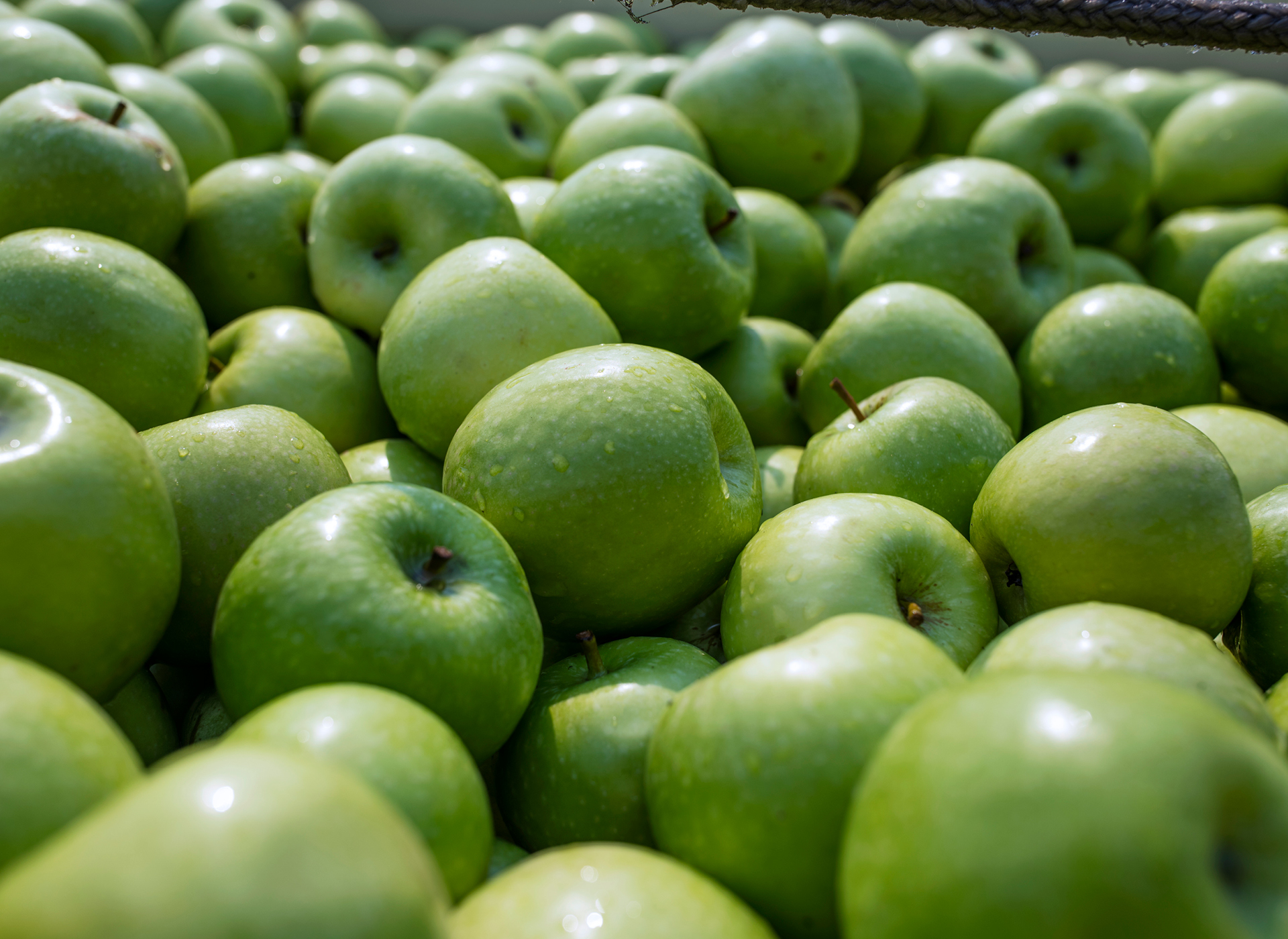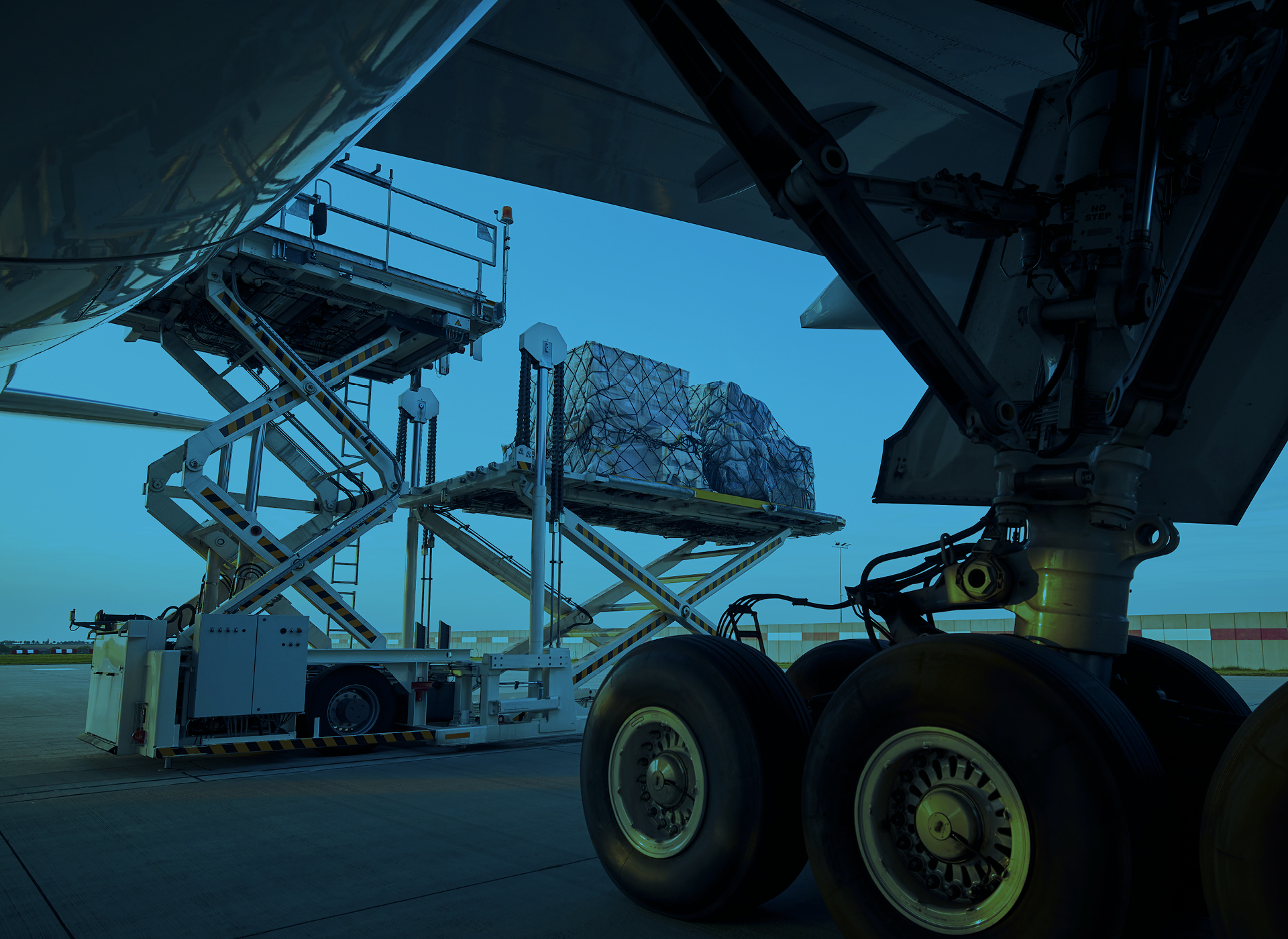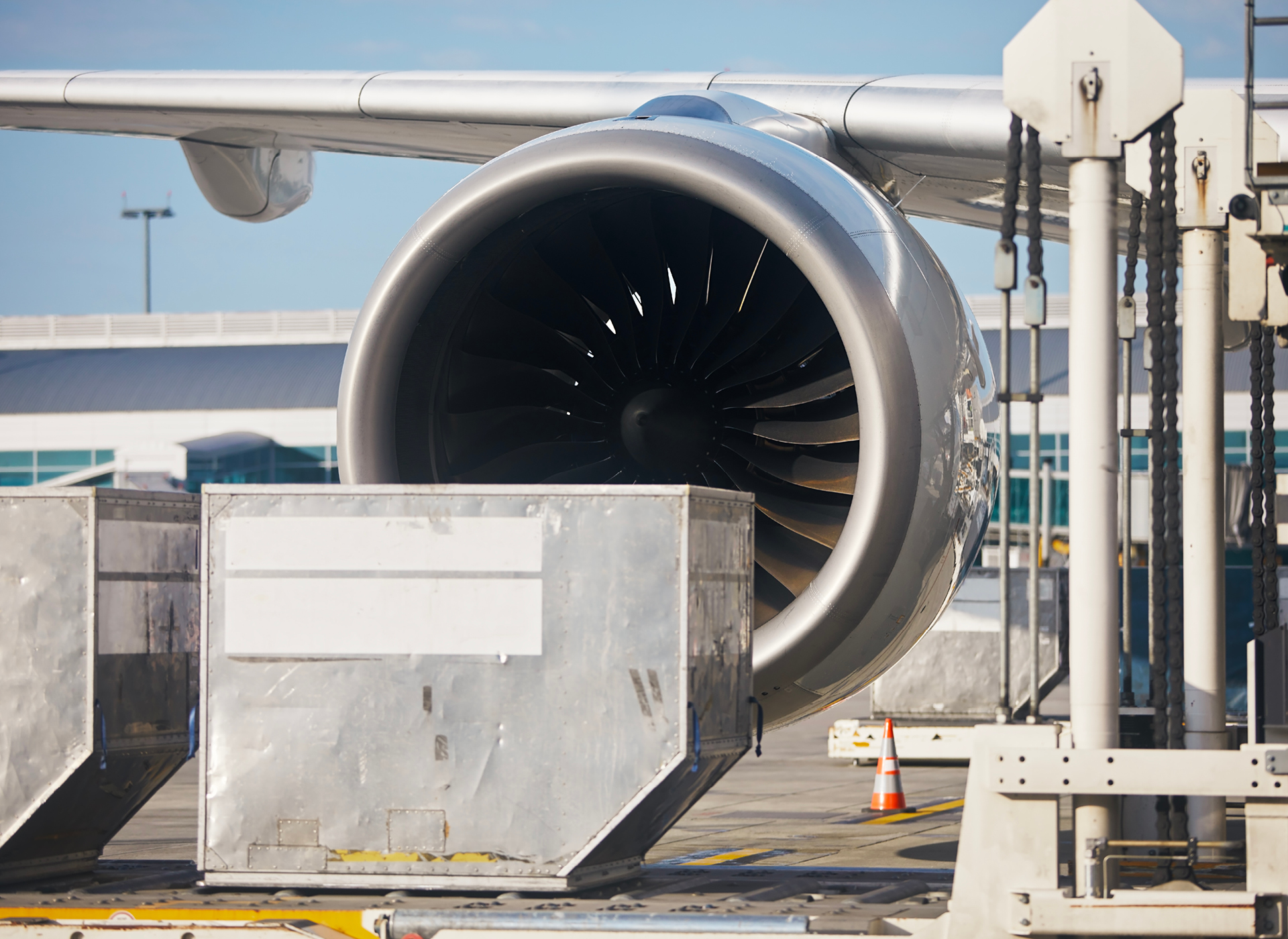Perishable goods like fruits, flowers, and vegetables have been among the first commodities transported by air due to the speed and efficiency of air freight. However, these items are highly sensitive to time, temperature, and humidity, requiring specific handling techniques to maintain their freshness and quality during transit. Over the years, airlines have developed and refined several methods to handle chilled and frozen products, offering optimal, cost-efficient packaging and transportation solutions.
The primary challenge in transporting perishable goods is managing their quality, which can quickly deteriorate when exposed to extreme temperatures, humidity, and time delays. The degradation of perishables is accelerated by factors such as poor packaging, improper handling, and inadequate temperature control during transit. Understanding and mitigating these risks is essential to ensure the safe and efficient delivery of perishable goods.
Effective Handling Techniques for Perishable Air Cargo
Temperature-Controlled Storage and Transit:
Temperature management is critical when transporting perishables. Airlines utilize temperature-controlled environments throughout the journey, from pre-cooling storage facilities to refrigerated transport vehicles and temperature-regulated cargo holds in the aircraft. Specialized cold chain services, such as active temperature-controlled containers and passive insulated packaging, maintain a consistent temperature range, whether chilled, frozen, or ambient.
Pre-Cooling and Storage:
Pre-cooling is essential to maintain the freshness of perishables before loading them onto the aircraft. This technique involves reducing the temperature of the goods to the desired level, slowing down the natural deterioration process. Methods such as vacuum cooling, hydro-cooling, or forced-air cooling are used depending on the product. After pre-cooling, the products are stored in temperature-controlled facilities to maintain optimal conditions until departure.
Specialized Containers and Packaging:
Proper packaging is crucial for maintaining the quality of perishable goods. Packaging should protect against mechanical damage and provide thermal insulation. Airlines use materials like insulated boxes, gel packs, and dry ice to regulate temperature. For example, gel packs are ideal for chilled products, while dry ice is suitable for frozen items. Specialized containers like Envirotainers with built-in cooling and heating systems and thermal blankets and covers for palletized shipments provide added protection against temperature variations.

Real-Time Monitoring and Rapid Handling:
Modern technology enables real-time monitoring of temperature and humidity. Data loggers and smart sensors within the cargo transmit data continuously, allowing for quick interventions if temperatures deviate from the required range. In addition, airlines prioritize rapid handling during loading and unloading to reduce exposure to ambient conditions, minimizing the risk of spoilage.
Cost-Efficient Packaging Solutions:
While maintaining quality is essential, cost efficiency is also a critical consideration. Airlines offer reusable insulated containers that provide effective thermal insulation without the high cost of single-use packaging. Additionally, shippers can optimize load capacity using packaging options, reducing transportation costs per unit.
Effective handling of perishable products in air cargo requires a combination of temperature control, specialized packaging, real-time monitoring and well-trained personnel.
Additional Measures for Effective Handling
Minimizing Handling Time:
Reducing the time perishables spend outside temperature-controlled environments is vital. Airlines prioritize these shipments, ensuring they are handled quickly during loading and unloading to minimize exposure. Coordination with ground handlers and customs helps expedite processes and reduce delays.
Customized Routing and Scheduling:
Airlines offer customized routing and scheduling services to minimize transit times and reduce potential temperature fluctuations. Choosing the most direct routes and optimal flight schedules helps maintain product quality and enhances supply chain efficiency.

Training and Standard Operating Procedures:
Effective handling of perishables relies heavily on the expertise of personnel. Airlines invest in regular training programs emphasizing proper handling techniques, packaging, and temperature control. Standard operating procedures (SOPs) are established and updated to reflect best practices and technological advancements, ensuring consistency and quality across all handling stages.
As global demand for fresh produce continues to grow, these handling techniques are critical to ensuring perishable products reach their destination in optimal condition.

For more detailed information on best practices and strategies to minimize loss when transporting perishable goods by air, refer to the IATA guide on perishable loss reduction.

